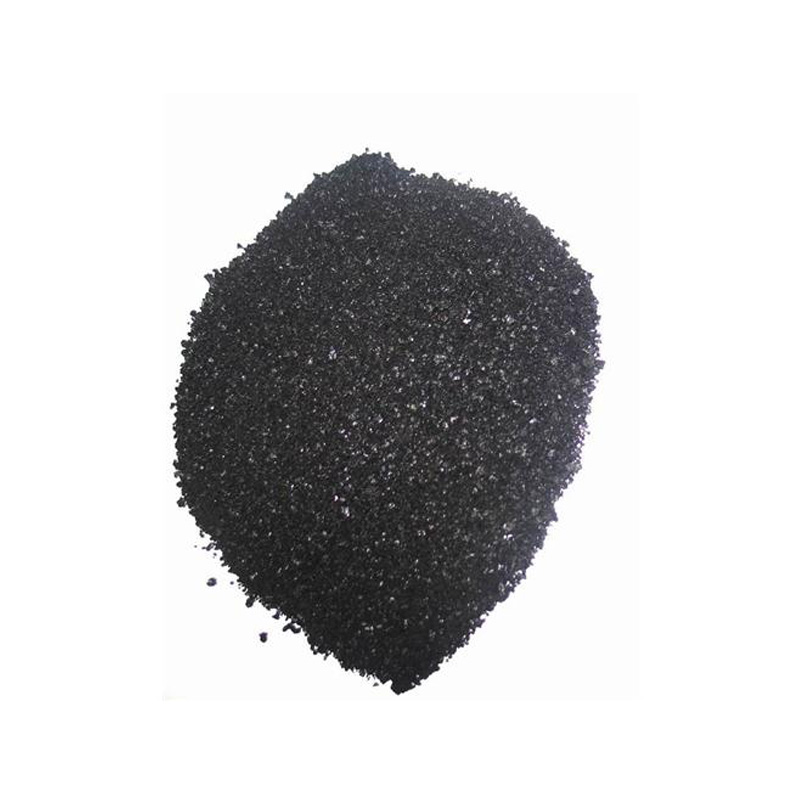Premium Synthetic Indigo - Sustainable and Vibrant Dye Solutions
The Rise of Synthetic Indigo A Sustainable Revolution in Textile Dyeing
In the world of textiles, the quest for vibrant colors has led to the creation of synthetic indigo, a critical development in the dyeing industry. Historically sourced from plants like the indigofera species, natural indigo has its limitations, including seasonal availability, high cost, and inconsistent quality. With the advancement of chemistry and technology, synthetic indigo has emerged as a viable alternative, reshaping the market dynamics of dye production.
Synthetic indigo, first synthesized in the late 19th century, offers several advantages over its natural counterpart. Produced through a chemical process known as the Bayer Process, synthetic indigo can be manufactured consistently, ensuring uniformity in color and quality across large batches. This reliability is particularly valuable for large-scale textile manufacturers, where variations can lead to significant challenges in production and inventory management.
One of the most significant benefits of synthetic indigo is its potential for sustainability. The production of natural indigo involves farming practices that can be resource-intensive, requiring vast amounts of land, water, and pesticides. In contrast, synthetic indigo production can often be achieved with a smaller environmental footprint. Moreover, advancements in green chemistry are enabling the development of synthetic indigo that utilizes more sustainable feedstocks and processes, further reducing its impact on the environment.
synthetic indigo product

The environmental concerns associated with traditional dyeing processes extend beyond the sourcing of indigo. The dyeing industry is historically notorious for its water consumption and pollution. Synthetic indigo, particularly when combined with modern dyeing technologies, can reduce water usage significantly. Techniques such as cold dyeing and closed-loop systems ensure that the water used in dyeing is recycled and reused, minimizing waste and contamination.
Furthermore, the financial implications of synthetic indigo production are noteworthy. While it may have been initially more expensive to produce than natural indigo, economies of scale and continued advancements in production methods are driving costs down. This trend makes synthetic indigo not only a more reliable choice but also an increasingly affordable one for manufacturers.
Consumer awareness regarding sustainable practices is rising, leading brands to seek environmentally friendly alternatives in their production processes. As a result, synthetic indigo is becoming a preferred choice among fashion designers and brands committed to sustainability. By opting for synthetic indigo, they can produce high-quality garments without compromising their environmental ethos.
In conclusion, synthetic indigo represents a significant shift in the textile dyeing industry, offering a sustainable, reliable, and cost-effective alternative to natural indigo. As the demand for eco-friendly practices continues to grow, synthetic indigo is poised to play a crucial role in shaping the future of fashion and textile manufacturing. Embracing this synthetic option not only addresses the challenges of traditional dyeing methods but also paves the way for a more sustainable and responsible approach to the fashion industry.
-
The Timeless Art of Denim Indigo Dye
NewsJul.01,2025
-
The Rise of Sulfur Dyed Denim
NewsJul.01,2025
-
The Rich Revival of the Best Indigo Dye
NewsJul.01,2025
-
The Enduring Strength of Sulphur Black
NewsJul.01,2025
-
The Ancient Art of Chinese Indigo Dye
NewsJul.01,2025
-
Industry Power of Indigo
NewsJul.01,2025
-
Black Sulfur is Leading the Next Wave
NewsJul.01,2025

Sulphur Black
1.Name: sulphur black; Sulfur Black; Sulphur Black 1;
2.Structure formula:
3.Molecule formula: C6H4N2O5
4.CAS No.: 1326-82-5
5.HS code: 32041911
6.Product specification:Appearance:black phosphorus flakes; black liquid

Bromo Indigo; Vat Bromo-Indigo; C.I.Vat Blue 5
1.Name: Bromo indigo; Vat bromo-indigo; C.I.Vat blue 5;
2.Structure formula:
3.Molecule formula: C16H6Br4N2O2
4.CAS No.: 2475-31-2
5.HS code: 3204151000 6.Major usage and instruction: Be mainly used to dye cotton fabrics.

Indigo Blue Vat Blue
1.Name: indigo blue,vat blue 1,
2.Structure formula:
3.Molecule formula: C16H10N2O2
4.. CAS No.: 482-89-3
5.Molecule weight: 262.62
6.HS code: 3204151000
7.Major usage and instruction: Be mainly used to dye cotton fabrics.

